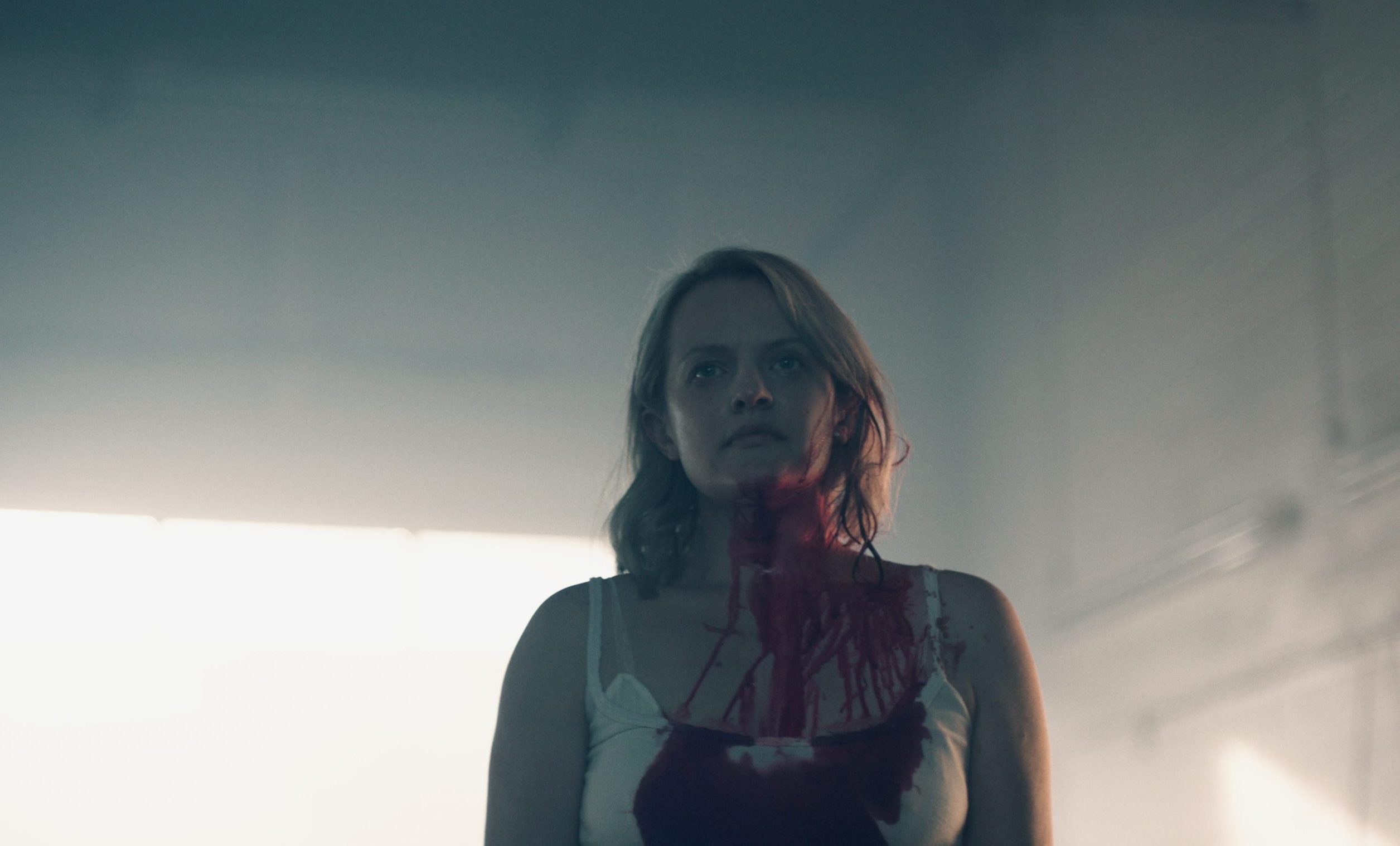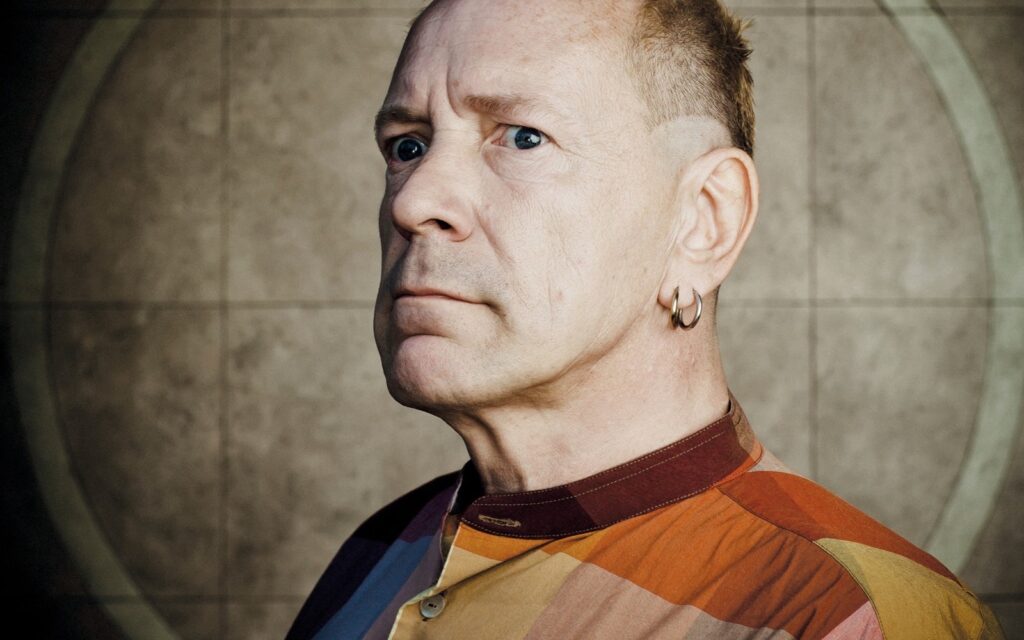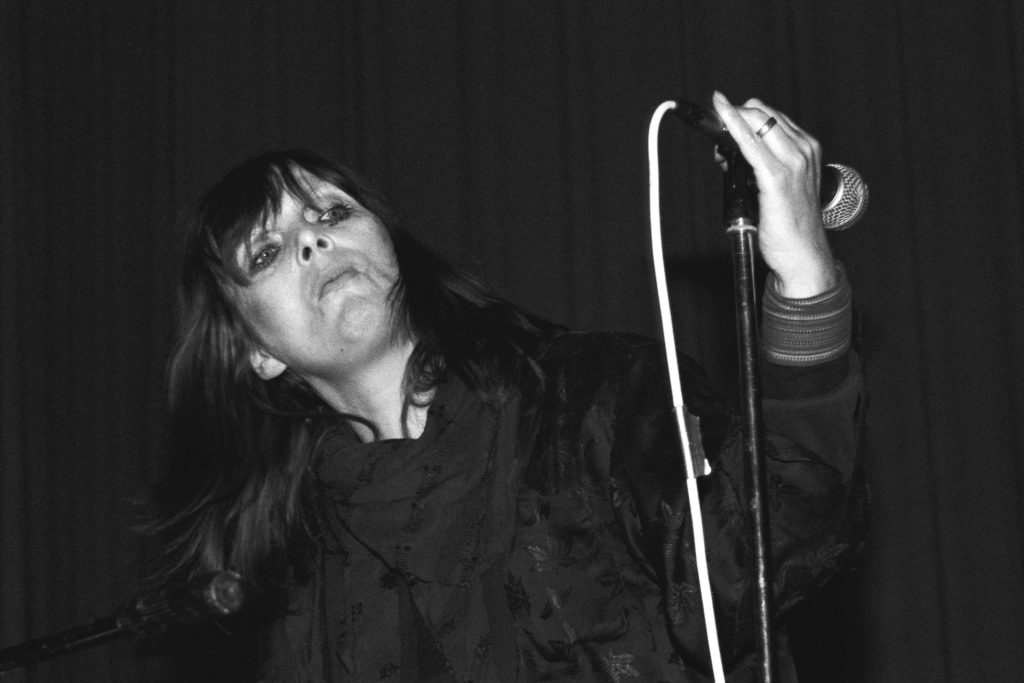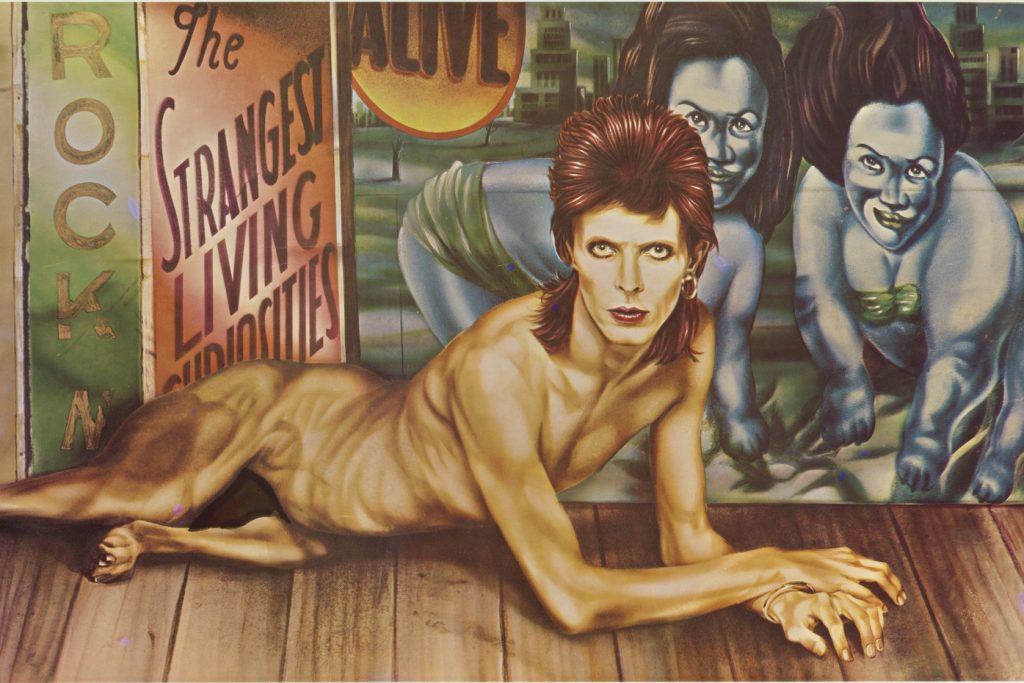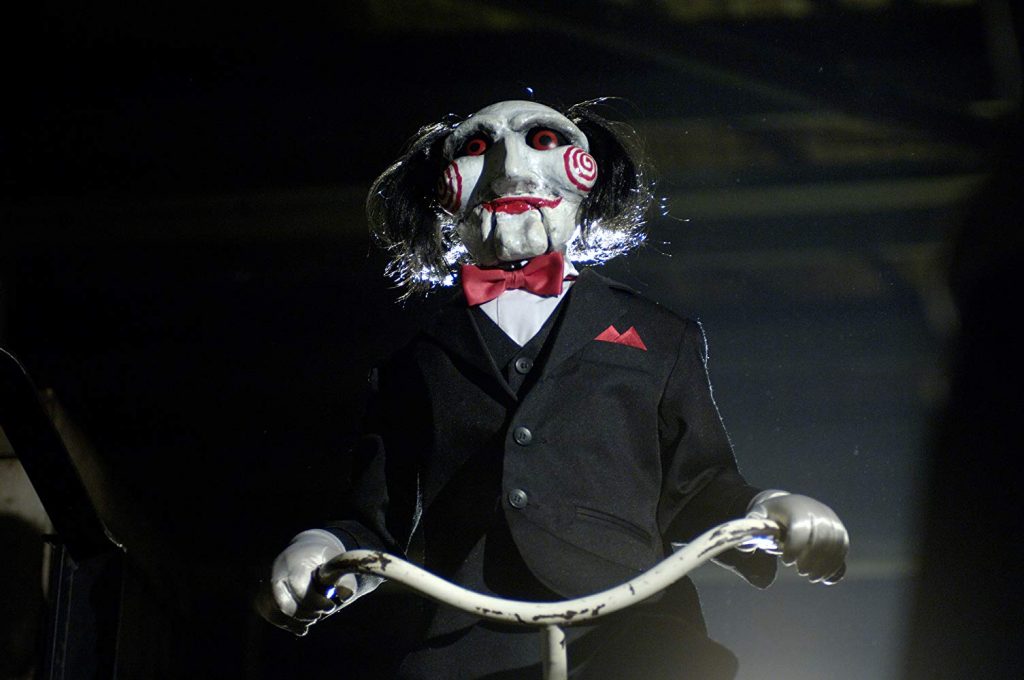Although The Handmaid’s Tale is set in a fictional dystopian society, the parallels it draws to the modern world are plain to see.
When Margaret Atwood’s 1985 novel was adapted into a television series in 2017, the storyline revolving around women forced into surrogacy, rape and slavery felt particularly poignant under Trump’s reign. The Handmaid’s Tale quickly became a triumph for a myriad of reasons; a cast featuring Elisabeth Moss, Samira Wiley, Amanda Brugel and Yvonne Strahovski, an intrepid plot, and melancholic, foreboding cinematography to name a few. Yet it was the surprisingly pop-driven soundtrack which served as an exclamation mark on the emotionally dense series.
The soundtrack punctuates tense moments by contrasting them against the sounds of Rihanna, Santigold, Talking Heads, Tom Petty and the Heartbreakers for chilling effect. These choices feel almost sadistic at times yet, despite the utter polarity of emotions portrayed in the series and its soundtrack, sit in perfect harmony to the scenes they illustrate.
The first season sets the benchmark for the series’ sonic landscape with a soundtrack comprising Lesly Gore, Simple Minds, Nina Simone, Odesza, Jay Reatard, Jefferson Airplane and the like. Key moments include a flashback to pre-Gilead America in which a peaceful protest turns violent. Police open fire on those rebelling against the oppressive new laws while a remix of Blondie’s ‘Heart of Glass’ rings across the scene. It feels instrumental in painting the mood, not only for the scene but the entire show. Isolating Debbie Harry’s vocals and slowing them down against a stirring violin melody reframes the track in a sinister light contingent purely on its context.
https://youtube.com/watch?v=5gOoBB_BxRM
Season two follows suit, bringing the likes of Cat Power, Juliana Barwick, Iris Dement, Julia Holter and Bruce Springsteen to the fore, as well as offering perhaps the most poignant musical moment of the series. This comes in the season’s first episode, in which handmaids are snatched from their beds, muzzled and taken to an abandoned baseball field lined with gallows as punishment for rebelling against orders. Kate Bush’s apt ‘This Woman’s Work’ swells as terrified handmaids reconcile with their fate in a scene so affecting, it feels as though the track was written with this very moment in mind. Bush’s striking vocals have a visceral effect in this scene, which proves how powerful music and film can be in tandem.
The soundtrack teeters between flagrantly on-the-nose choices – Talking Heads’ ‘Burning Down The House’ as a signifier for impending anarchy, for example – and jarring juxtaposition. It’s the latter in which the gamble pays off and the soundtrack manages to make viewers uncomfortable. The most definitive example of this emotional dissonance comes when Annie Lennox’s ‘Walking on Broken Glass’ acts as the backdrop to a hysterical Emily as she realises the consequences of falling out of line yet again. The clash between the upbeat pop jangle of the track and Alexis Bledel’s sublime performance of a woman being chauffeured to her own execution is distressing and almost unbearable to watch.
The Handmaid’s Tale doesn’t just succeed in creating a visceral sonic landscape which gives weight to the storyline at hand, it does so by breaking every rule. Through building a soundtrack full of modern pop artists, the narrative is further propelled into a contemporary space. However, it also calls upon more subtle sounds when need be, such as the sprinkling of classical compositions from Mozart and Icelandic cellist Hildur Guðnadóttir. The prominence of female voices on the soundtrack is no coincidence, either. While subtly imbued, these voices are embedded as a reminder of the power women hold as storytellers and the impact of their collective experiences. With season three finally upon us, it will be interesting to see what lies ahead in The Handmaid’s Tale’s soundscape.
Season three of The Handmaid’s Tale comes to SBS on Thursday June 6.
